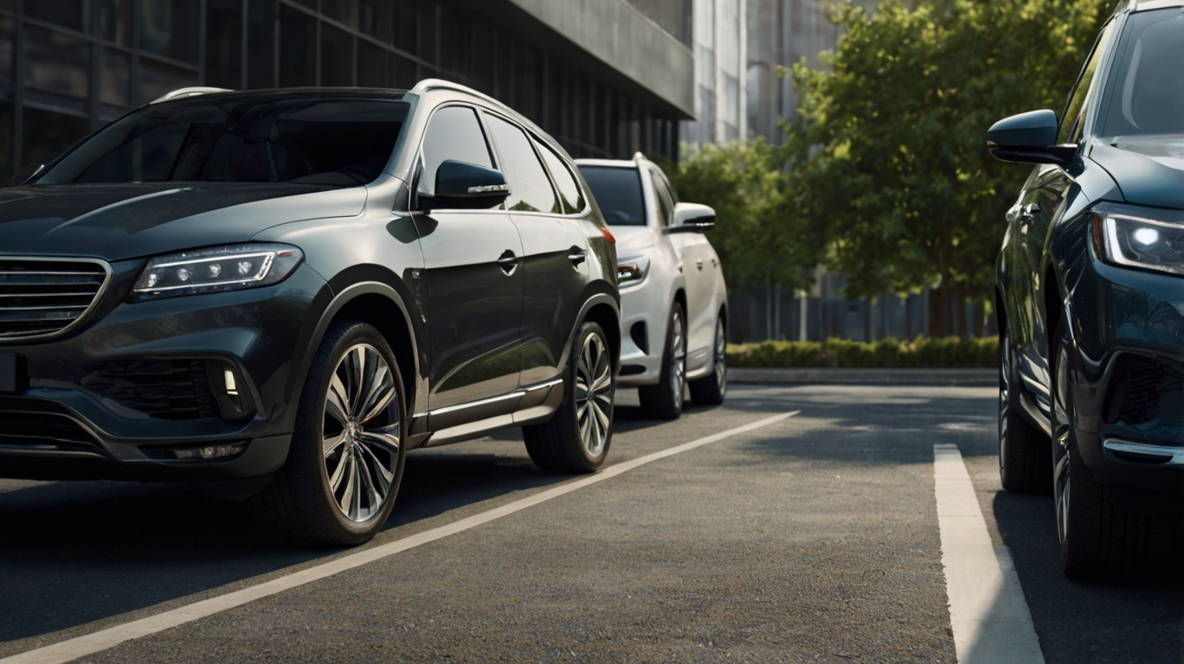
When it comes to choosing a vehicle, one of the most critical factors to consider is fuel efficiency. The debate between hybrid and traditional gasoline models has been ongoing for years, and the Toyota RAV4 is an excellent example of this comparison. In this comprehensive guide, I'll walk you through every detail about fuel efficiency, performance, cost implications, and practical considerations for the RAV4 Hybrid versus the regular RAV4. We'll explore everything from fuel consumption, driving experience, environmental impact, and much more to help you make an informed decision.
1. Introduction
As someone who's passionate about cars and understands the ins and outs of vehicle mechanics, I’ve had the opportunity to analyze and work on both the RAV4 Hybrid and the regular gasoline version. Fuel efficiency isn't just about saving money; it’s also about sustainability, performance, and overall driving experience. In this article, I’ll break down the key differences and pros and cons of these models.
2. Fuel Efficiency Comparison
Let’s start with the core comparison — fuel efficiency.
RAV4 Hybrid
- Fuel Economy: The Toyota RAV4 Hybrid offers significantly better fuel efficiency compared to its gasoline counterpart. According to official Toyota estimates, it achieves approximately 38-40 MPG (miles per gallon).
- How it Works: The hybrid system combines a 2.5-liter gasoline engine with an electric motor. The electric motor assists the gasoline engine during acceleration, reducing fuel consumption. It recharges via regenerative braking, which means energy is recovered whenever you decelerate.
- Urban Efficiency: In city driving conditions, the RAV4 Hybrid shines the most since electric motors take over much of the work at low speeds. This leads to better mileage in urban areas where frequent stops and starts occur.
Regular RAV4 (Gasoline Model)
- Fuel Economy: The traditional gasoline RAV4 offers around 28-30 MPG, depending on factors like driving style and road conditions.
- Engine Specs: The regular version features a 2.5-liter four-cylinder engine. While it provides decent performance and power, it consumes more fuel, especially in stop-and-go traffic.
Fuel Efficiency Summary:
VehicleCity MPGHighway MPGCombined MPGRAV4 Hybrid413840RAV4 Gasoline263428
3. Driving Performance and Experience
Fuel efficiency isn't the only factor; driving experience and performance play a crucial role in making your decision.
Acceleration and Torque
- In the RAV4 Hybrid, the electric motor provides instant torque, which results in quicker acceleration. This hybrid system gives a smoother and more responsive drive, particularly in urban and suburban areas.
- The regular gasoline RAV4, while still robust, relies solely on its internal combustion engine and does not offer the same instant torque advantages as the hybrid system.
Noise Levels
- In the hybrid model, noise levels are lower at low speeds because the electric motor often drives the car without the gasoline engine kicking in.
- In contrast, the regular model tends to be louder, especially when accelerating, as the engine must work harder at higher RPMs.
Transmission
Both models use an 8-speed automatic transmission, but the RAV4 Hybrid pairs it with an electric motor to enhance efficiency and reduce fuel consumption.
4. Environmental Impact
If you’re environmentally conscious, the hybrid version offers distinct advantages:
- Reduced Emissions: The RAV4 Hybrid emits fewer greenhouse gases due to the integration of an electric motor, which assists in driving without relying solely on the gasoline engine.
- Sustainable Driving: With regenerative braking technology, energy that is usually lost during deceleration is recovered and reused.
On the other hand, the regular RAV4 emits more CO2 since it operates solely on gasoline without the assistance of an electric motor.
5. Cost Comparison
Fuel efficiency isn’t the only financial factor to consider. Here’s a breakdown of costs:
Purchase Price
- The RAV4 Hybrid generally costs more upfront due to the cost of the battery and electric motor system. Typically, it costs $2,000 to $4,000 more than the gasoline version.
- The RAV4 Gasoline is more budget-friendly at the purchase stage but has higher fuel costs over time.
Long-Term Fuel Costs
If you drive a lot, especially in city-heavy traffic:
- The RAV4 Hybrid will save significantly on fuel costs because of its higher miles-per-gallon efficiency.
- For highways or long-distance driving, the savings are less pronounced but still favorable.
Maintenance Costs
- The hybrid system requires careful attention to battery health and electric motor components. This can result in higher maintenance costs for specialized repairs and diagnostics.
- The regular gasoline version, while simpler mechanically, will need standard maintenance like oil changes, timing belt replacement, and exhaust system upkeep.
6. Tools and Equipment Needed for Maintenance
If you prefer DIY maintenance, here’s a quick rundown of the essential tools you'll need:
- Basic Mechanic’s Tool Set: Screwdrivers, wrenches, pliers, socket sets.
- OBD-II Scanner: For troubleshooting engine diagnostics.
- Jack and Jack Stands: For safely lifting the car off the ground.
- Battery Tester: Especially useful for checking battery health on the hybrid model.
- Regenerative Braking Tester: To check brake efficiency and regeneration in hybrid systems.
- Torque Wrench: For precise tightening of bolts and suspension components.
7. FAQs
Q: Which RAV4 model has better long-term savings?A: The RAV4 Hybrid offers greater long-term savings, especially in areas with high urban traffic or frequent stops.
Q: Is the RAV4 Hybrid more difficult to maintain?A: Yes, the hybrid system requires more specialized attention, particularly for battery maintenance and electrical components.
Q: Does driving the hybrid model affect the resale value?A: Generally, hybrid models retain better resale value because of the growing interest in fuel efficiency and eco-friendly technology.
Q: Can I convert my regular RAV4 into a hybrid system?A: Not practically, as it requires significant changes to the drivetrain, battery integration, and electrical system.

